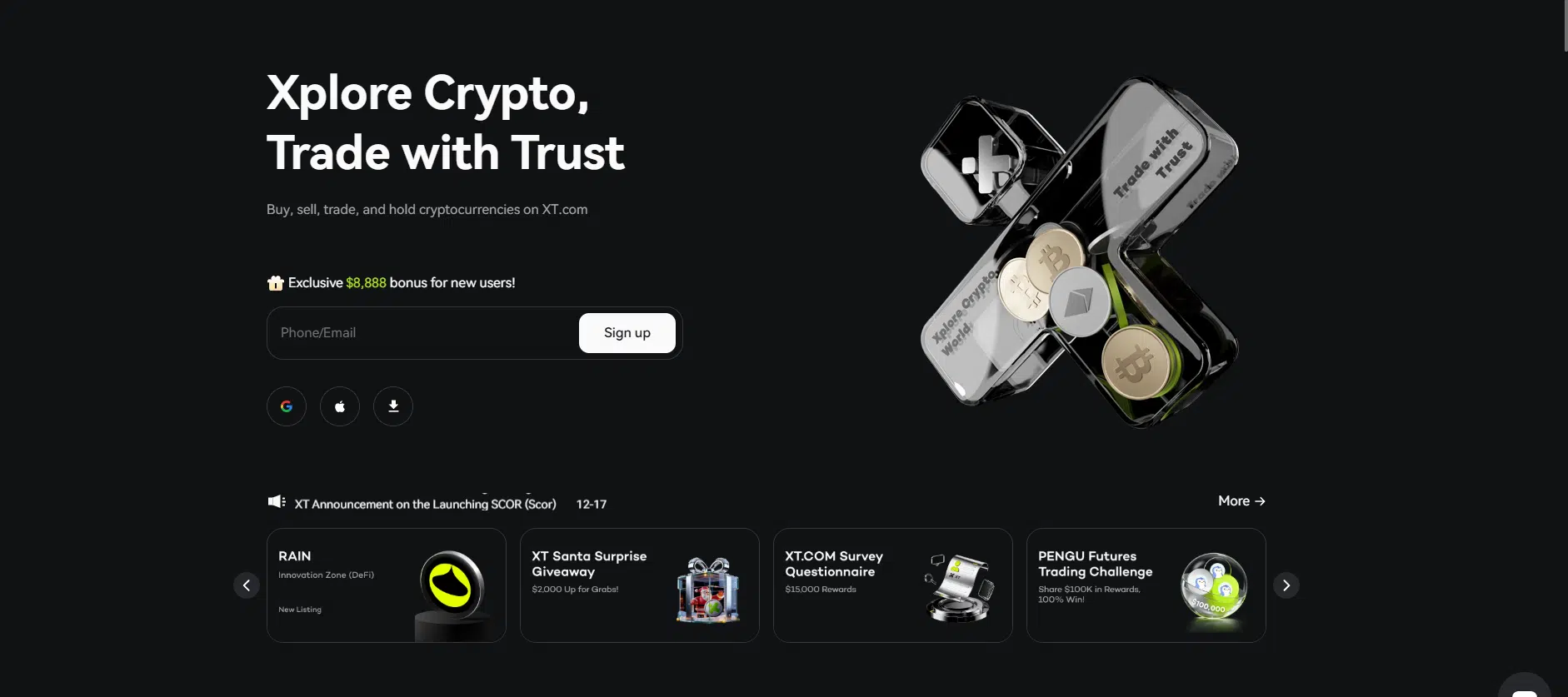Mastering Liquidity Pools in Web3: The Ultimate Guide
Liquidity pools are revolutionizing the decentralized finance (DeFi) landscape, providing essential infrastructure for various DeFi applications. In this comprehensive guide, we’ll explore the mechanics of liquidity pools, their benefits, potential risks, and strategies to leverage them for maximizing your crypto investments.
What are Liquidity Pools?
Liquidity pools are collections of cryptocurrency funds locked in a smart contract, enabling trading on decentralized exchanges (DEXs) and providing liquidity for various DeFi protocols. They eliminate the need for traditional order books by allowing users to trade directly against the pool, ensuring seamless and efficient transactions.
How Do Liquidity Pools Work?
At the heart of liquidity pools are automated market makers (AMMs) like Uniswap, SushiSwap, and Balancer. Here’s a step-by-step breakdown of how they function:
- Liquidity Providers: Users deposit pairs of tokens into a liquidity pool. For instance, on Uniswap, you might deposit an equal value of ETH and DAI into the ETH/DAI pool.
- Pool Tokens: In return, liquidity providers receive pool tokens (also known as LP tokens), representing their share of the pool.
- Trading: Traders can swap tokens in the pool, with the AMM algorithm adjusting prices based on the pool’s token ratios.
- Earning Fees: Liquidity providers earn a portion of the trading fees generated by the pool, proportional to their contribution.
Benefits of Liquidity Pools
Liquidity pools offer several advantages that make them attractive to investors and traders alike:
- Continuous Liquidity: Ensures constant availability of assets for trading, even for less popular tokens.
- Passive Income: Liquidity providers earn fees from the trading activity in the pool, creating a passive income stream.
- Decentralization: Eliminates reliance on centralized exchanges, enhancing security and reducing counterparty risk.
- Reduced Slippage: AMM algorithms provide more predictable pricing, reducing slippage compared to traditional order book systems.
Common Liquidity Pool Strategies
To maximize returns from liquidity pools, consider employing these strategies:
1. Yield Farming
Yield farming involves staking LP tokens in various DeFi protocols to earn additional rewards. Platforms like Yearn.finance and Curve Finance offer opportunities to enhance your earnings by participating in yield farming programs.
2. Multi-Pool Diversification
Diversifying across multiple liquidity pools can mitigate risks and optimize returns. By spreading your investments, you can reduce the impact of impermanent loss and capture rewards from various sources.
3. Stablecoin Pools
Stablecoin pools, such as those on Curve Finance, offer lower risk due to reduced price volatility. These pools are ideal for conservative investors looking for steady returns without the wild price swings of other cryptocurrencies.
Risks and Considerations
While liquidity pools present lucrative opportunities, they come with inherent risks that investors should be aware of:
- Impermanent Loss: When token prices fluctuate significantly, liquidity providers may experience losses compared to holding the tokens outright.
- Smart Contract Vulnerabilities: Bugs or exploits in the smart contract code can lead to substantial financial losses.
- Market Volatility: The volatile nature of the crypto market can impact the value of your pooled assets.
- Regulatory Uncertainty: The evolving regulatory landscape for DeFi can affect the legality and security of liquidity pool investments.

Getting Started with Liquidity Pools
Ready to dive into liquidity pools? Follow these steps to get started:
1. Research
Thoroughly research different DEXs and DeFi protocols to understand their mechanics, fees, and risks. Look for platforms with strong community support and transparent operations.
2. Choose Your Platform
Select a platform that aligns with your investment goals. Popular options include Uniswap, SushiSwap, Balancer, and Curve Finance.
3. Deposit Funds
Deposit your chosen token pairs into the liquidity pool. Ensure you understand the deposit process and any associated fees by reading the platform’s documentation.
4. Monitor Your Investments
Regularly monitor your liquidity pool investments and be prepared to adjust your strategy as needed. Staying informed about market trends and platform updates will help you maximize your returns.
Tips for Successful Liquidity Pooling
To optimize your liquidity pooling efforts, consider these tips:
- Diversify Your Portfolio: Spread your investments across multiple pools and platforms to reduce risk.
- Stay Updated: Keep up with the latest DeFi news and updates to stay informed about new opportunities and potential risks.
- Understand the Risks: Be aware of the risks involved and only invest what you can afford to lose.
- Use Trusted Platforms: Stick to reputable platforms with robust security measures to safeguard your funds.
FAQs About Liquidity Pools
What is the difference between a liquidity pool and a traditional order book?
Liquidity pools use automated market makers (AMMs) to facilitate trades directly with the pool, ensuring constant liquidity. Traditional order books match buy and sell orders, which can lead to liquidity issues for less popular tokens.
How do liquidity providers earn money?
Liquidity providers earn a portion of the trading fees generated by the pool. The earnings are proportional to their contribution to the pool.
What is impermanent loss?
Impermanent loss occurs when the value of your deposited tokens changes compared to their value if you had just held them. It’s a risk unique to liquidity pools due to price fluctuations.
Are liquidity pools safe?
While liquidity pools offer many benefits, they also come with risks such as impermanent loss, smart contract vulnerabilities, and market volatility. Conduct thorough research and only invest what you can afford to lose.
How do I choose the right liquidity pool?
Look for pools with high trading volumes, strong community support, and transparent operations. Research user reviews and community feedback to make an informed decision.
Wrapping Up
Liquidity pools are a cornerstone of the DeFi ecosystem, offering continuous liquidity, passive income, and decentralized trading opportunities. By understanding the mechanics, employing effective strategies, and staying informed, you can navigate the DeFi landscape and make the most of your crypto investments. Remember, while the potential rewards are high, so are the risks. Approach liquidity pooling with caution and always do your due diligence.
For more tips and insights on navigating the world of Web3 and cryptocurrencies, be sure to read other informative blogs at Freecoins24.io and follow us on Twitter and Telegram for the latest Web3 Updates.
















